News
Unlocking the potential applications of laminated glass in multi-scenario space
When we talk about Laminated glass, most people first think of 'safety'-which is indeed its core advantage. However, with advancements in technology and innovations in design concepts, laminated glass has moved beyond the role of 'single safety protection' to become a versatile 'all-rounder' with both functionality and aesthetic value in fields such as architecture, transportation, and home furnishings.
1. Advantages of laminated glass
Laminated glass is made by sandwiching one or more layers of organic polymer interlayers (such as PVB or EVA) between two or more pieces of glass and bonding them together under high temperature and high pressure. This structure gives it three core advantages:
a. Ultimate security: Even if the glass is shattered by impact, the fragments will be firmly adhered to the interlayer, preventing them from splashing and causing injury, thus avoiding the safety risks associated with traditional broken glass.
b. Excellent functionality: The interlayer can be made with special materials as needed, providing functions such as sound insulation, heat insulation, UV protection, bullet resistance, and anti-glare, to meet the personalized needs of different scenarios.
c. Stable and durable: The interlayer can block moisture and dust, prevent glass delamination, while improving the glass's resistance to wind pressure and aging, and its service life far exceeds that of ordinary glass.
2. Application in the field of construction
2.1 High-rise building curtain walls and exterior windows
The exterior windows and curtain walls of super high-rise residential or commercial buildings are the "classic battleground" for laminated glass. On one hand, it can withstand extreme weather such as strong winds and heavy rain, and even if impacted by falling objects from a height, it can prevent the glass from shattering and falling. On the other hand, laminated glass with Low-E coating can block over 80% of ultraviolet rays and outdoor heat, reducing air conditioning loads in summer and retaining indoor warmth in winter, thus ensuring both safety and energy efficiency.
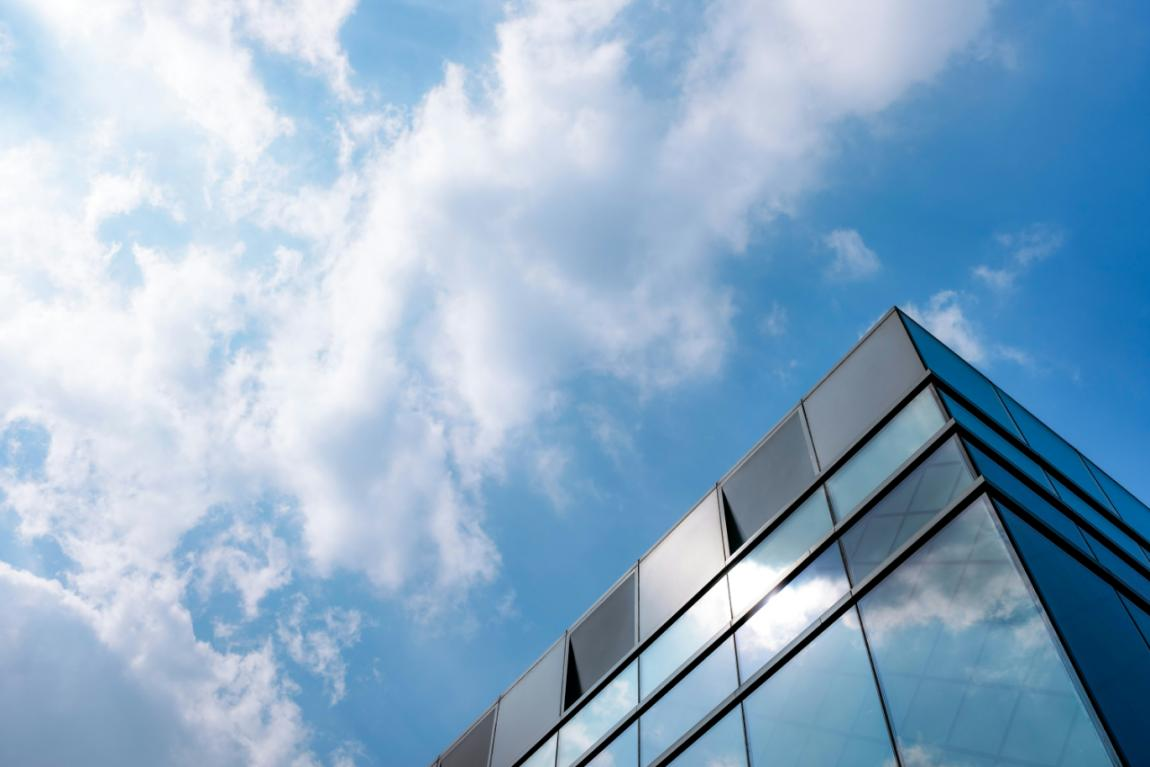
2.2 Glass railing and corridor
Laminated glass railings do not require complex metal frame support and can be installed with only minimal fasteners. This not only ensures a clear view, making the space appear more open, but also prevents safety risks caused by accidental contact from children or pets.
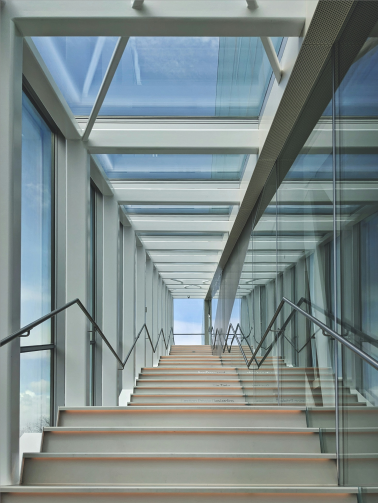
2.3 Skylight and Dome
Large laminated glass is often used for the skylights of hotel lobbies, convention centers, and stadiums. It can maximize the entry of natural light, making spaces feel bright, while also resisting impacts from hail, snow, and other external forces — even in extreme weather that causes glass breakage, the interlayer can maintain the overall structural integrity, preventing leaks or falling fragments, and ensuring the safety of people indoors.
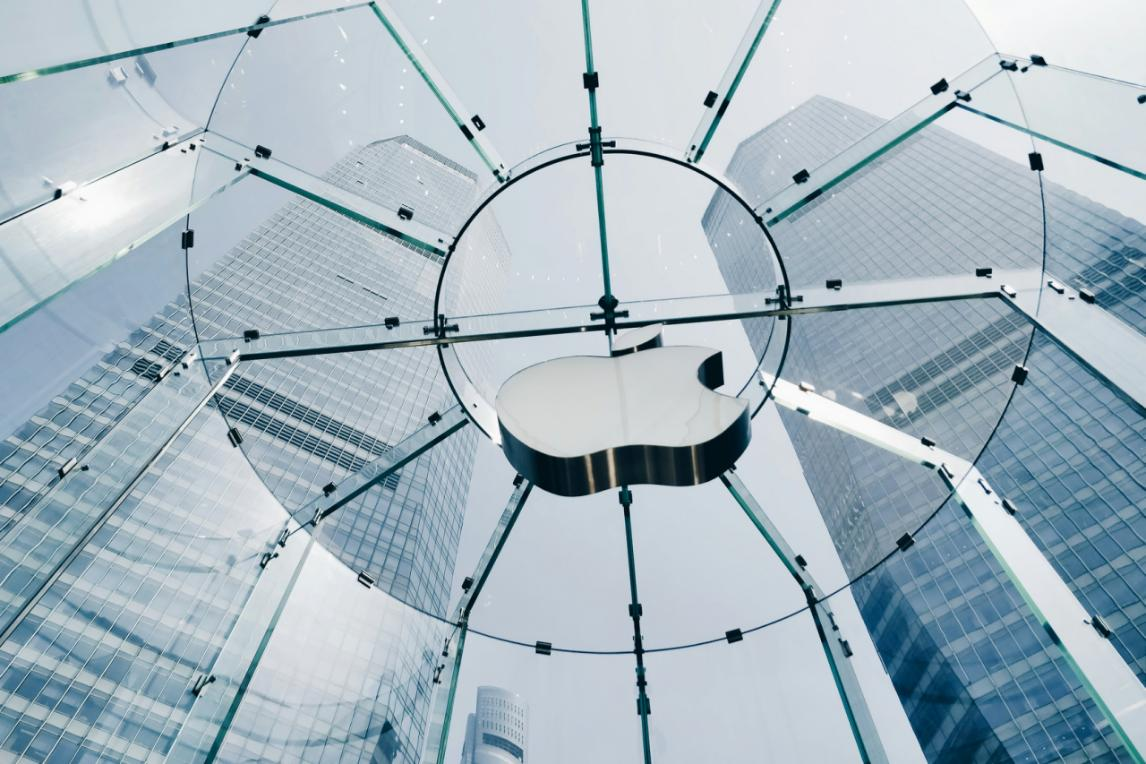
3. Application in the field of Transportation
3.1 Cars, high-speed trains, and airplanes
The front windshield of a car is typically made of laminated glass—a standard feature—due to its safety characteristics: in the event of a collision, even if the windshield shatters, the inner film can maintain the shape of the glass, preventing shards from injuring the driver or passengers, while still allowing the driver a certain level of visibility, facilitating subsequent rescue. High-speed train windows and airplane windows go even further, using multilayer laminated composite glass. In addition to safety protection, this design can block noise and external temperature changes during high-speed travel, enhance passenger comfort, and withstand the impact of high-altitude air pressure on the glass.
3.2 Subway and bus
The subway door glass and bus side window glass are subjected to frequent opening and closing as well as passenger contact every day. The durability advantage of laminated glass is therefore highlighted: it is not easily scratched or damaged by minor collisions, and even if small cracks occur, it will not shatter immediately. This can reduce maintenance costs from frequent glass replacement while avoiding safety hazards during operation.
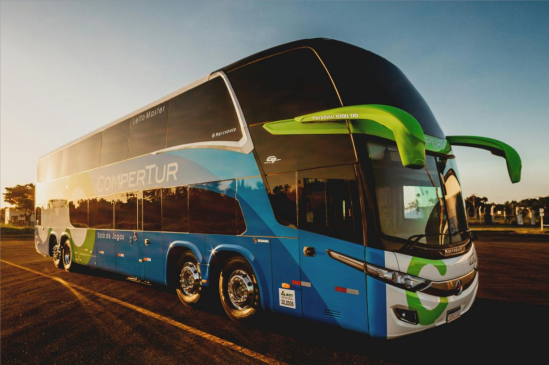
4. Application in the field of Home and living
4.1 Bathroom shower partition
Traditional bathroom glass partitions can easily cause slipping or cuts if they break. Laminated glass shower partitions perfectly solve this problem: even if they break due to temperature differences or collisions, the fragments are held in place by the interlayer. Additionally, its moisture-resistant properties prevent the glass from molding or delaminating due to long-term exposure to water vapor, resulting in a longer service life.
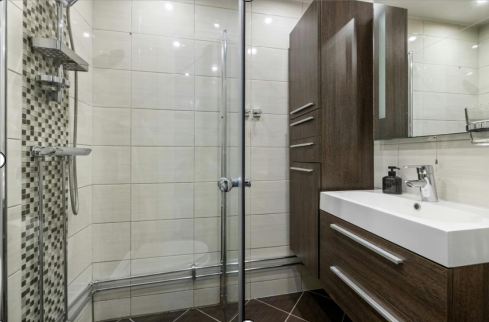
4.2 Kitchen countertops and backsplash
If laminated glass is used for kitchen countertops, it is not only resistant to high temperatures and oil stains, but also easy to clean with just a wipe of a cloth, eliminating the hidden dirt problem of traditional stone countertops.
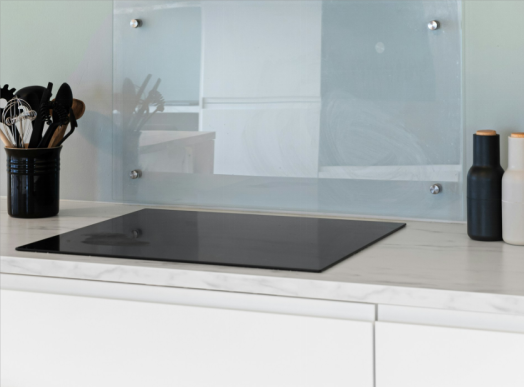
Conclusion
For consumers, choosing laminated glass is not only about selecting a safe material, but also about opting for a spatial solution that balances practicality, comfort, and aesthetics.
RELATED NEWS
- Clean Room for Float Glass Production Lines: The Core Guarantee of High-Quality 2025-12-09
- Chinese Float Glass and Laminated Glass Prices Hit Bottom, Seize the Pre-Holiday 2025-11-21
- How to Choose the Right Bathroom Door Glass? 2025-11-10
- How to Accurately Choose the Size of a Tempered Glass Tabletop? 2025-10-31
- Production Process of Tempered Glass 2025-10-27
CATEGORIES
LATEST NEWS
CONTACT US
Contact: Mark
Phone: 0086-15153264838
E-mail: trade@vidriosglass.com
Whatsapp:0086-15153264838
Add: Jinshi International Square, No. 157,Jinggangshan Road,Qingdao City,Shandong,China
